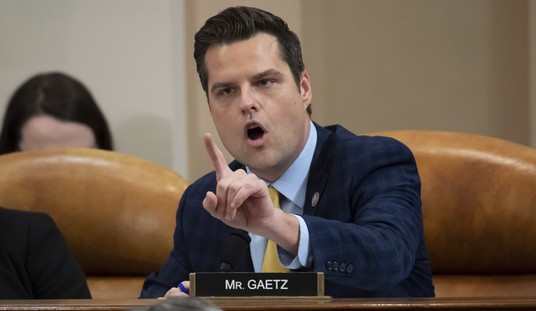Bureaucrats at the Food and Drug Administration (FDA) think it’s better to try to scare smokers than to give them the information and resources needed to kick the deadly habit. On August 15, the agency proposed 13 warning labels to adorn all cigarette packages with pictures of toeless feet, blackened lungs, and various tumors. Evidence from Canada and Australia shows that such labels have no impact on smoking rates, but the FDA can’t let facts get in the way of its crusade. As disappointing as such meaningless actions are, worse yet is the agency’s insistence on making it more difficult for smokers to purchase effective smoking cessation tools such as e-cigarettes. Instead of relying on scary imagery, the FDA should help 35 million adult smokers make an informed choice and encourage them to make the switch toward reduced-risk products.
The FDA’s proposed experiment hinges on a simple, seductive argument: make the experience of buying cigarettes unpleasant enough and smoking rates will drop. There’s just one problem – the evidence doesn’t exist. To weigh the evidence, researchers have examined Canada’s experience with warning labels. In 2001, Canada became the first country to mandate labels on cigarette packs pictorially showing the consequences of smoking. Three years after, researchers from Concordia University (in Montreal) analyzed Canada’s Canadian Tobacco Use Monitoring Surveys from before and after the legislative change to see if there was any independent impact on smoking trends. They report that, after taking factors like price and demographic trends into account, “we have not been able to detect any significant prevalence effects.”
Results from other countries fare even worse for backers of warning labels. A ten-year anthropological study published by Australian National University (ANU) scholars in 2016 found that, disturbingly, pregnant teenagers were using warning label information as a cue to smoke more in order to lower their fetuses’ birthweights (for a less painful birth). ANU Associate Professor Simone Dennis was taken aback to discover, “They [the teenagers] had read on packets that smoking can reduce the birth weight of your baby, which is obviously not how the public health message is intended to be taken.” Professor Dennis’s insight is yet another piece of evidence that people respond to information – in particular information that comes from mandated labeling – in unpredictable ways. Back in 2013, then Washington Post columnist Ezra Klein noted that McDonald’s was advertising their low-cost, high calorie items as incredible bargains. Far from the hopes of health advocates, the company’s pitch amounted to: “Look how many calories you get for only $5.69! That's a way better per-calorie deal than pretty much anything else on the board.”
The FDA can choose to ignore this evidence and proceed with policies that will backfire. But the evidence is far clearer on other smoking cessation methods such as vaping products and heat-not-burn devices. In 2019, a study in the New England Journal of Medicine concluded that e-cigarettes are nearly doubly as effective in keeping smokers away from cigarettes as traditional nicotine replacement therapy (i.e. patches, gum). Vapes, along with heat-not-burn products (recently approved for sale by the FDA) provide a sensation similar to smoking, and thus an exit ramp away from a dangerous habit that kills nearly half a million Americans per year. Unsurprisingly, products that don’t burn tobacco are far safer than ones that do.
In 2015, Public Health England (a body of the UK government) concluded based on a wealth of evidence that e-cigarettes are 95 percent safer than cigarettes, and has restated this finding every year since. Other countries such as New Zealand and Canada have reached similar conclusions based on hundreds of studies attesting to the health benefits of switching from smoking to vaping or heat-not-burn. For more visually-minded smokers, the British government filmed an “experiment” last year demonstrating the impact of vaping versus cigarette smoking on the lungs.
Recommended
Instead of embracing this mountain of evidence, the FDA has chosen hysterics. The agency raided vaping manufacturer JUUL’s offices last year, and has wantonly banished life-saving products from stores across the country. And now, e-cigarette companies have ten months to submit their products to an onerous and costly premarket review process, a regulatory hurdle that amounts to hundreds of hours, thousands of pages of documents, and perhaps millions of dollars in expenses.
The FDA can promote public health by pushing all these unneeded regulatory requirements aside and promoting making the switch from cigarettes to vaping as its British counterpart does. Smokers don’t need to be spooked into quitting. Nearly 35 million vulnerable Americans need more choices and information, not ineffective scare-tactics.


